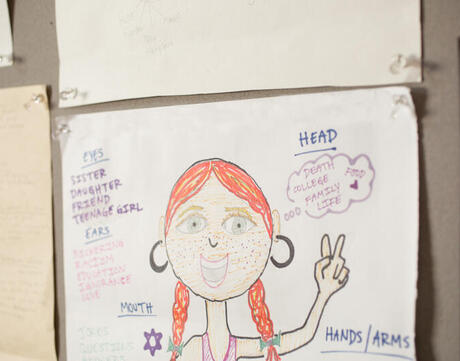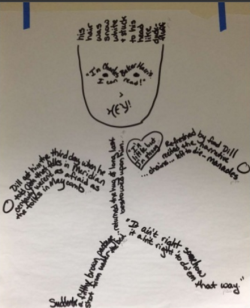
Stick Figure Quotes
At a Glance
Language
English — USSubject
- English & Language Arts
- History
- Social Studies
Grade
6–12Overview
What Are Stick Figure Quotes?
The Stick Figure Quotes strategy provides a creative outlet for students while engaging them in an intellectually rigorous activity of character analysis. Students collect and use evidence from a text, sorting passages or quotations from the text based on the degree of importance or relevance. This process of character analysis also fosters greater understanding and empathy as students identify how a character thinks and what is important to them. While this strategy is often used with literary characters, you could also have students create stick figures for a historical figure, using the figure’s own words as the quotes.
Lesson Plans
How to Use Stick Figure Quotes
Variations
Example
Unlimited Access to Learning. More Added Every Month.
Facing History & Ourselves is designed for educators who want to help students explore identity, think critically, grow emotionally, act ethically, and participate in civic life. It’s hard work, so we’ve developed some go-to professional learning opportunities to help you along the way.
Exploring ELA Text Selection with Julia Torres
On-Demand

Working for Justice, Equity and Civic Agency in Our Schools: A Conversation with Clint Smith
On-Demand

Centering Student Voices to Build Community and Agency
On-Demand















